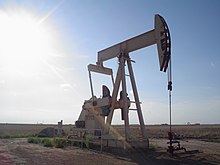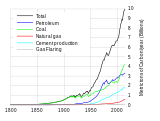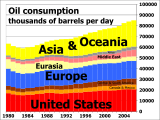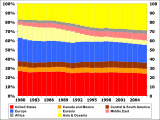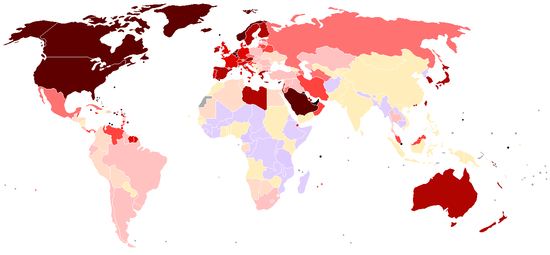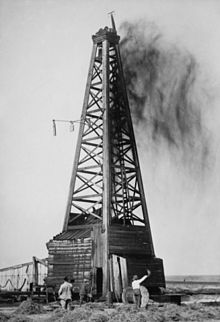Petroleum
For other uses, see Petroleum (disambiguation).
| This article's lead section may not adequately summarize its contents. Please consider expanding the lead to provide an accessible overview of the article's key points. (June 2010) |
The term petroleum was found (in the spelling "petraoleum") in tenth-century Old English sources.[5] It was used in the treatise De Natura Fossilium, published in 1546 by the German mineralogist Georg Bauer, also known as Georgius Agricola.[6] In the 19th Century, the term petroleum was frequently used to refer to mineral oils produced by distillation from mined organic solids such as cannel coal (and later oil shale), and refined oils produced from them; in the United Kingdom, storage (and later transport) of these oils were regulated by a series of Petroleum Acts, from the Petroleum Act 1862 c. 66 onward.
